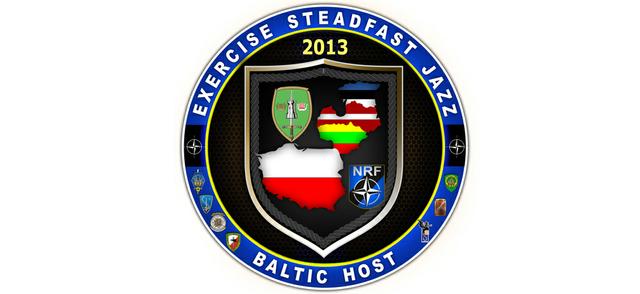 When NATO forces start a major exercise in Latvia and Poland this weekend, they will be rehearsing how to oust an anonymous invading enemy from a fictional region.
When NATO forces start a major exercise in Latvia and Poland this weekend, they will be rehearsing how to oust an anonymous invading enemy from a fictional region.
For some, however, exercise “Steadfast Jazz” will test how the Western alliance could deploy rapid reaction forces to its eastern flank – which borders Russia.
A militarily resurgent and swiftly rearming Russia is alarming NATO states that lie close to its territory, chiefly the Baltic States. Other alliance members are simply baffled, wondering why Moscow feels the need to spend vast sums on meeting a threat from the West they say will never materialize.
NATO stresses that the wargames are not aimed at Russia directly, although some officials say part of their point is to reassure eastern member states at a time when Russia is probing NATO airspace with bombers, building warships and conducting ever more sophisticated exercises.
From November 2-7, “Steadfast Jazz” will involve about 7,000 troops and other personnel including special forces, as well as tanks, aircraft and ships. Officially the NATO Response Force is designed to operate anywhere in the world.
But in the Baltic States, which once lived under the Soviet Union, the wargames are also a rehearsal for an unlikely but plausible scenario closer to home.
“Russia as a country in the last five years has been increasing its assertiveness in the Baltic,” Latvian defense minister Artis Pabriks told Reuters. “‘Steadfast Jazz’ is important to us as these are the first exercises where we really train to defend our territory.”
NATO’s Supreme Allied Commander General Philip Breedlove said the exercise would show the alliance’s ability to fight sophisticated wars and defend its territory. Russian monitors would be invited. . . .
Last year, Russia announced its defense budget would rise by about 25 percent, pushing spending above that of France and Britain. Moscow says it will spend $700 billion by 2020, hoping to equip at least 70 percent of 1 million active-duty personnel with modern weapons. That will include 2,300 new tanks, 1,200 new helicopters, 15 new surface ships and 28 submarines. . . .
In operations reminiscent of the Cold War, Russian bombers now periodically approach NATO airspace. In response, British fighters scrambled 29 times in 2010-12 while non-NATO Japan and even neutral Sweden have been on the receiving end of such missions.
Latvia says Russian military aircraft have come close to flying over its territory 37 times in 2013 alone, compared with perhaps once or twice a year five years ago. Naval activity has risen, including a task force sent to the Arctic in August.
Image: About 7,000 troops will be involved in NATO Exercise Steadfast Jazz (graphic: NATO)
